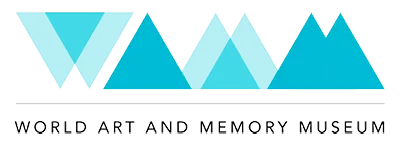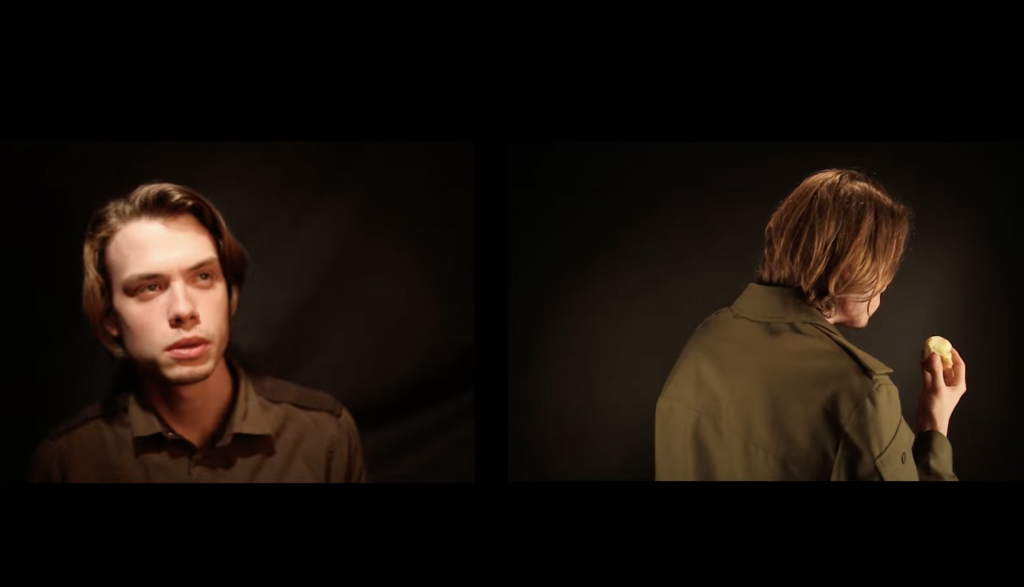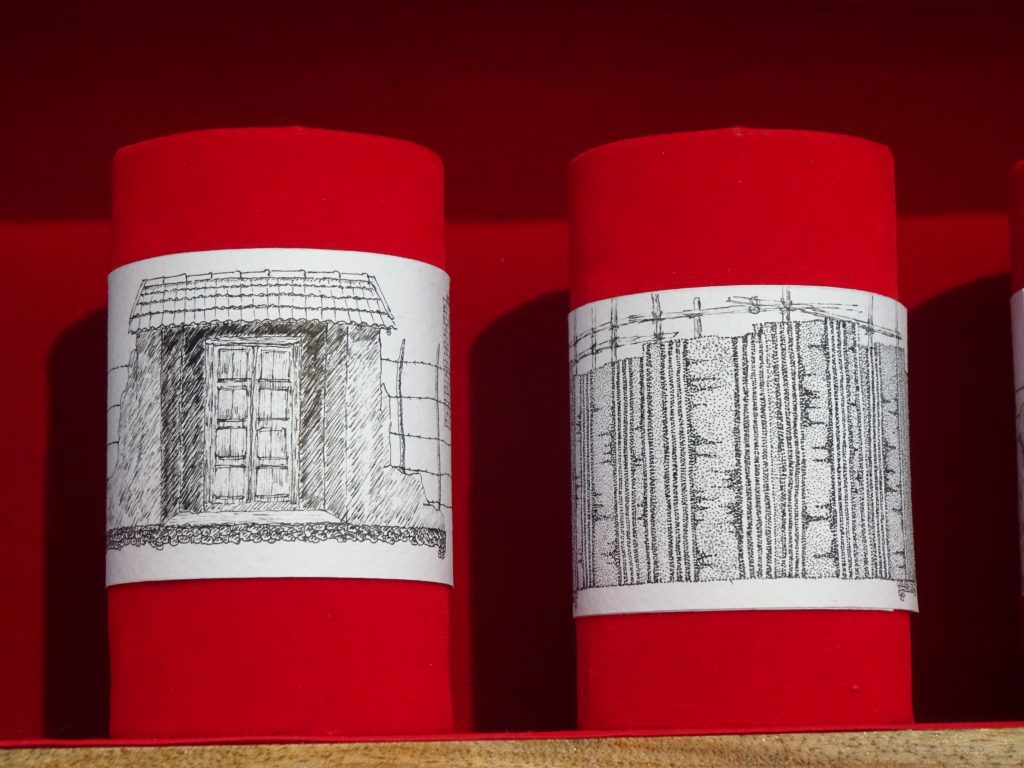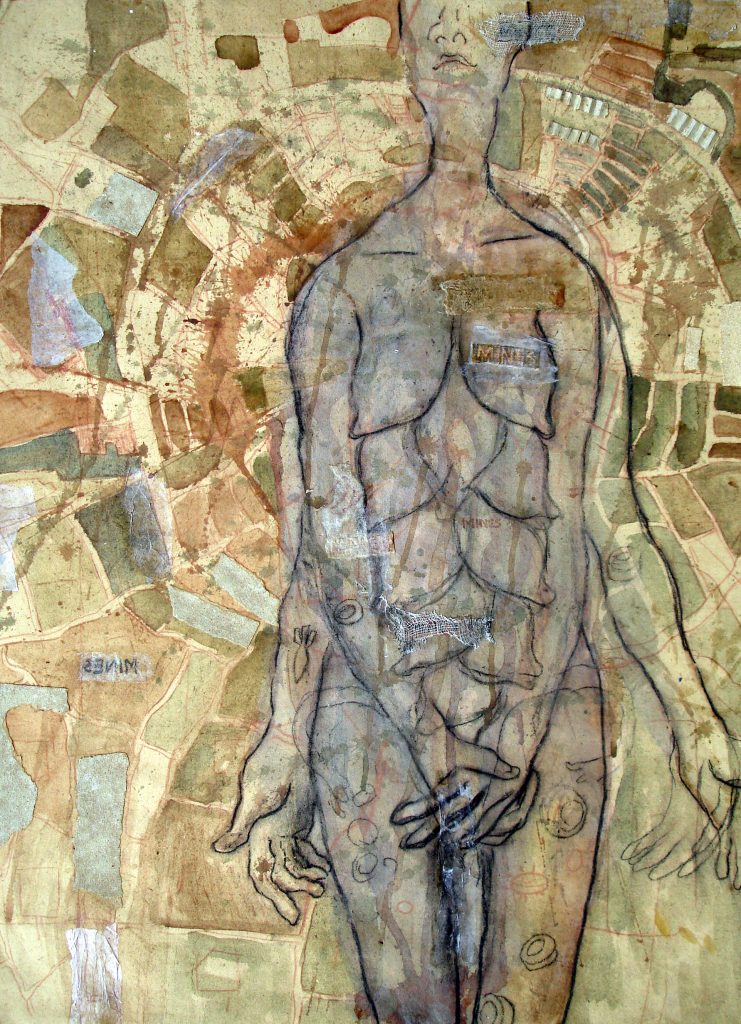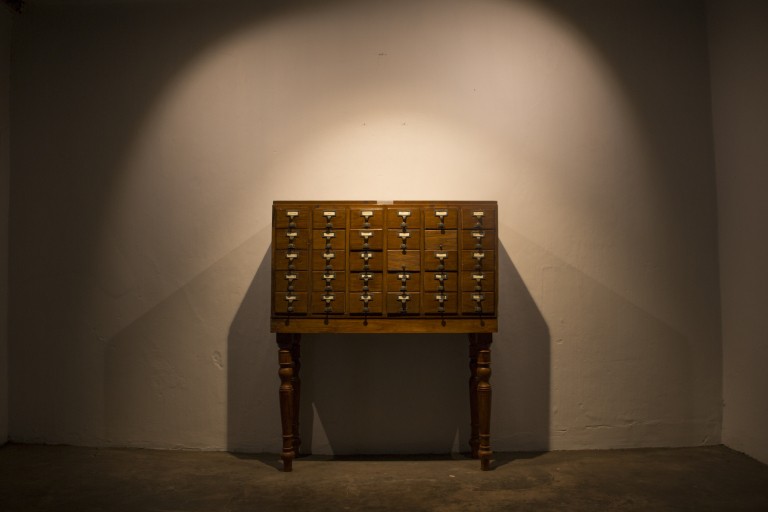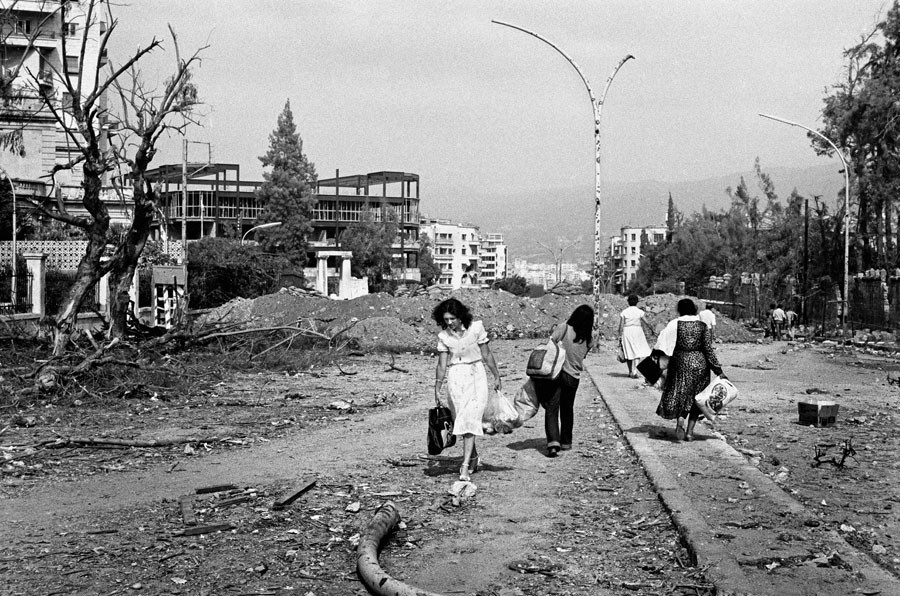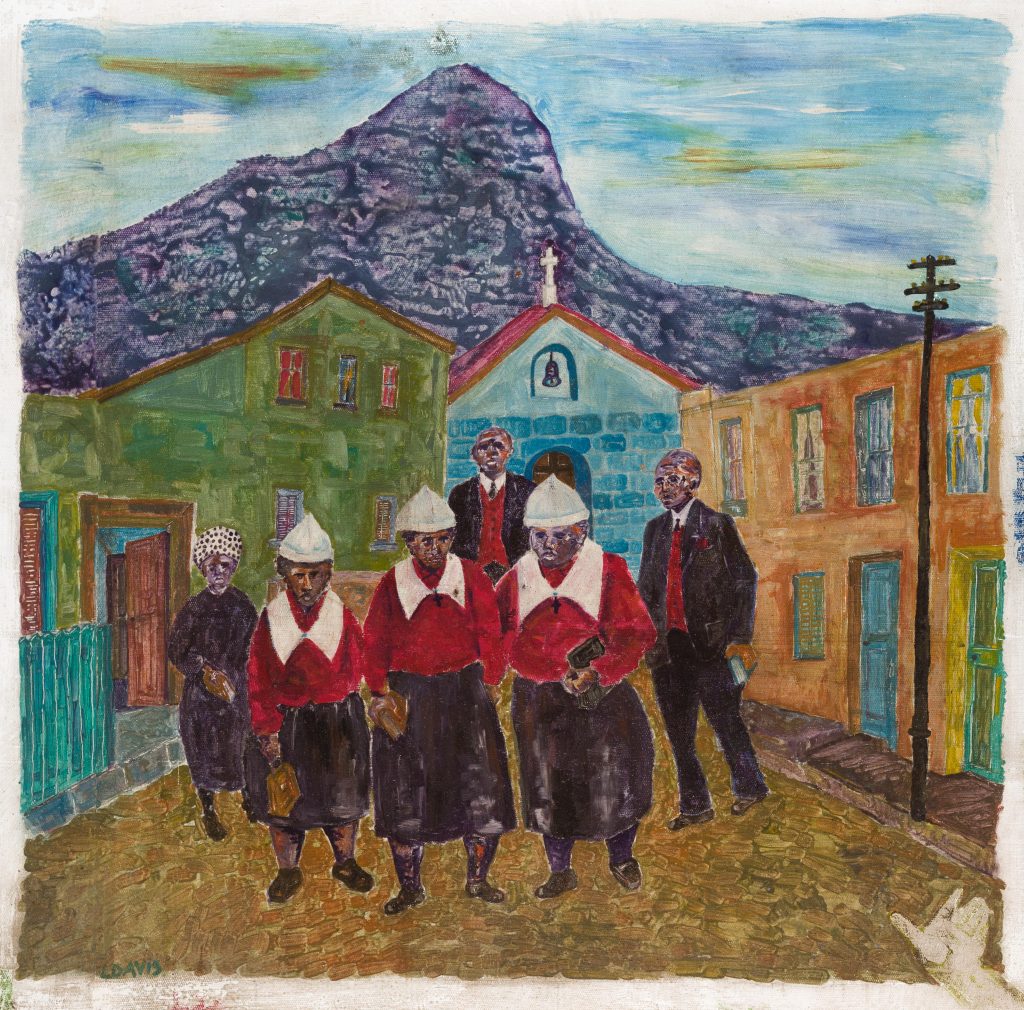
Shahs and their Indian – Kenyan Story
In the words of the artist:
As a photographer I am generally interested in people and their emotions. We all feel joy and we all feel sadness. This is what defines us as individuals and this is what I always try to capture in my photographs. People are the same in every country, no matter their age, origin or religion, we all have our past, we all dream of a better future, we all are in search of joy, love and relationships in our life.

Nedim and his Bohotopia lifestyle
Description:
The portrait photography of Yana Peneva brings the socio-political dimension of the issue into another field; her photographies humanize the debate on immigration. In time of “fake news”, on protests and nationalistic arise of movements in societies, on the building of borders, fences, walls, Yana Peneva is capturing immigrants in Varna area who’ve made it their new home after 90s, who run small business, established their occupation and do not claim for multiculturalism in its dominant way. Her photos speak narratives and are captured by instinct and experience, they are also the result of years of preparation, research and commitment to an issue way before it explodes into the national consciousness and dominates the news. Many of the narratives in her pictures speak about stories of trajectories of travel, of integration, of confirming necessity of sincere culture and/or of being able to develop entrepreneurship in a society which learn how to be more open to the world.
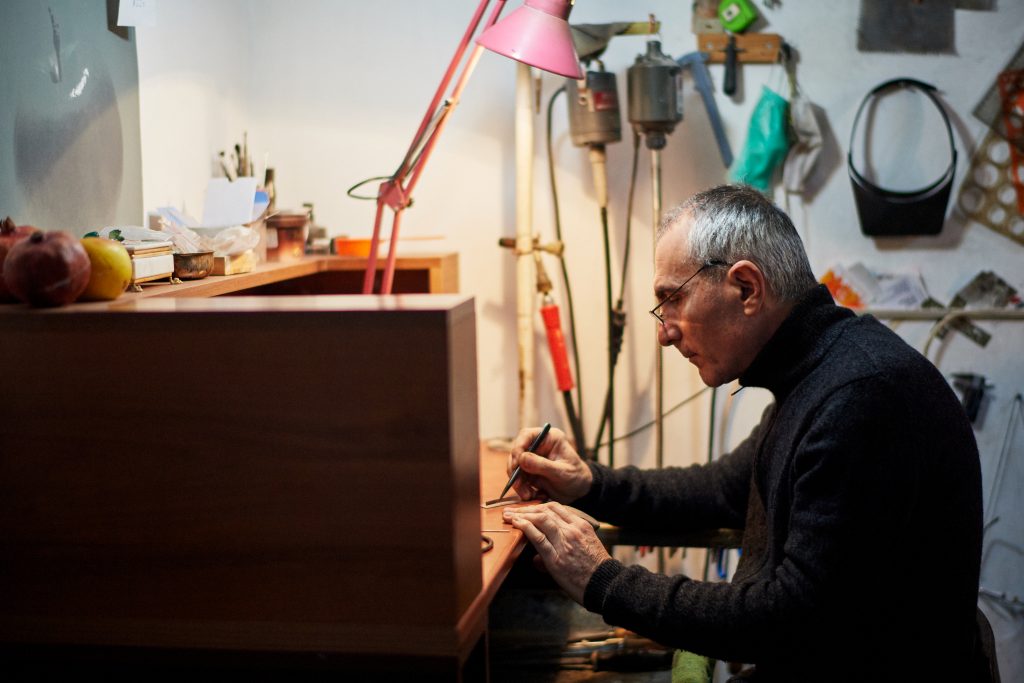
Armenian jeweller Grant and his family
An important point in the study of modern immigration processes in Bulgaria as an EU Member State is the integration approach based on the resources of the Bulgarian ethnical model. We face the challenge of defining immigration in Bulgaria as a transition from minority to immigration. For Western countries immigration is a political problem of immense importance. On the threshold of bumping into the inevitable phenomenon of immigration the ethnic and cultural diversity in our country is covered by the term minority – of ethnic communities (Turks, Roma, Jews, Tatars, Gagauz, and many other) traditionally living on the territory of Bulgaria. This characteristic feature is manifested at the level of the everyday perceptions of the mind, of the articulation of the political discourse and the public sciences as well as in the different case studies in the social sciences.

The Armenian family of Grant and his sons
Historical references show that the first immigrants in the modern Bulgarian history who were without ethnic Bulgarian self-awareness were the Armenian refugees running away from the Armenian genocide in the Ottoman Empire.
The next wave of immigrants to Bulgaria was during the socialist governance of the country when large groups of foreign students from African countries were attracted to study higher education and came to study at Bulgarian educational institutions and many of them stayed in the country after their graduation.
At the end of the 1970s Vietnamese immigrants were accepted due to the need of workers in some economic sectors such as the building sector.

Vary and his new house
The process is characterized by even larger immigration to Bulgaria after 1989 when large groups of Chinese, Arabs, but also Vietnamese – their number had drastically dropped but started to rise again. Albanians, Africans, Serbs, Russians and other foreign nationals established themselves permanently in Bulgaria. After the Bulgaria’s accession to the EU the number of immigrants with non-Bulgarian origin from the former USSR (mainly from Russia, Ukraine, Moldova, Armenia) and the former Yugoslavia (Northern Macedonia, Serbia, Bosnia and Herzegovina) increased. New large groups of immigrants were formed – Russians, Ukrainians, Arabs, Albanians, Armenians, Serbs, Turks, etc.
The sociological profile of the different immigrant groups in Bulgaria varies: most of the Chinese in Bulgaria are people without higher education, the Africans are highly educated. There are differences also in the logic of integration strategies: as a rule Africans form mixed marriages and integrate easily while the Chinese community is self-organized and structured.

Italian culinary tradition and one couple from Bulgaria and Italy
The immigration in Bulgaria is different from the immigration in Western Europe and the EU countries. It started late and is much less numerous. The image of the immigrant in Bulgaria is different and almost opposite to the “classical” image. Very often the unemployment among the immigrants in the West is much higher than the unemployment among the local population and most of them are on the periphery of the labour market. Unlike this image the immigrants in Bulgaria employ Bulgarians thus creating jobs.
